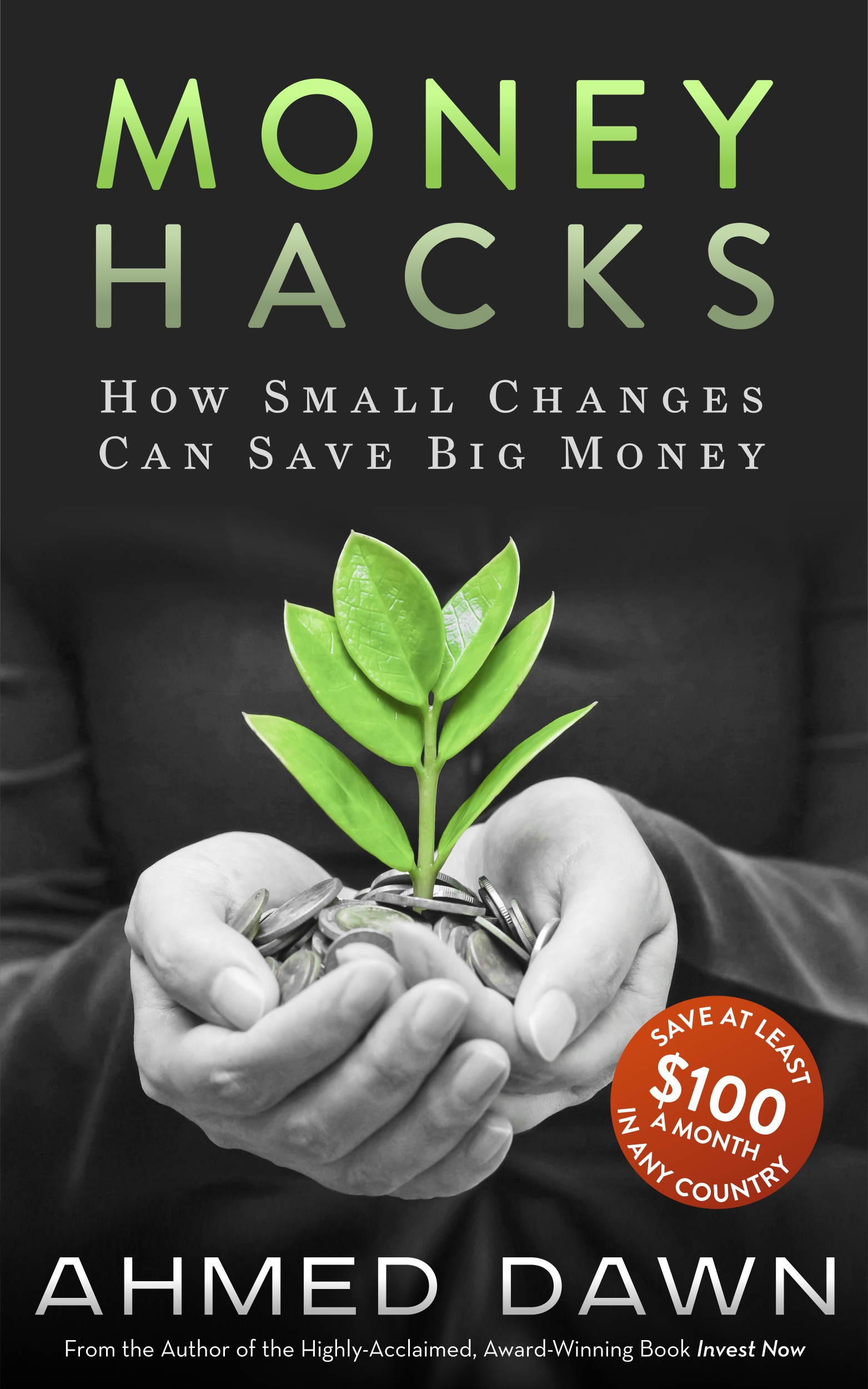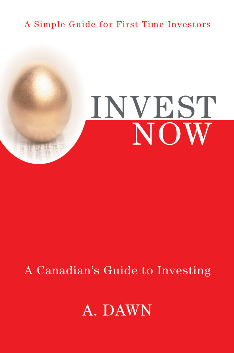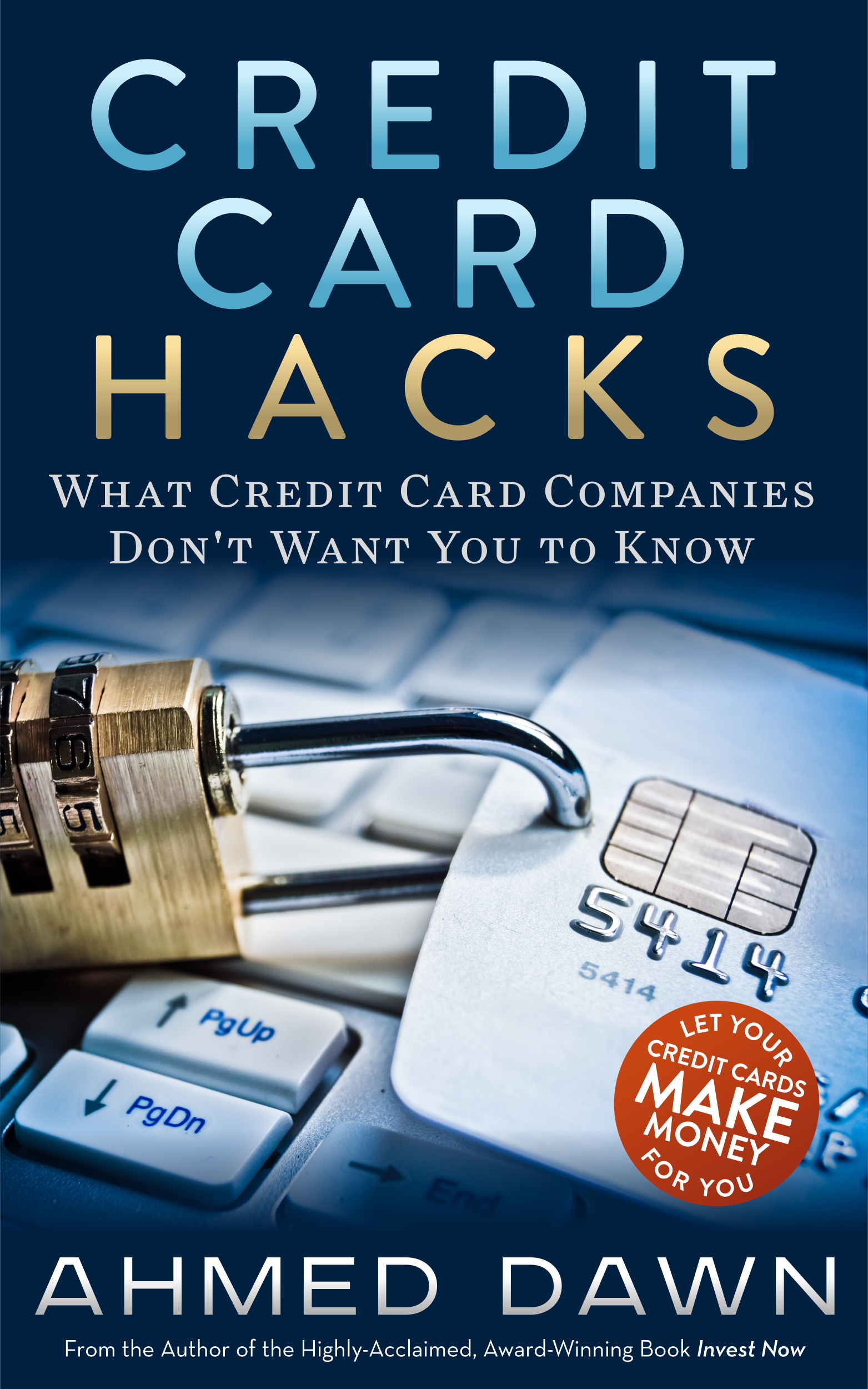The Sage of Omaha
First Published Date : April 6, 2011 ADawnJournal.com
He is considered to be the greatest investor in history and is usually ranked as one of the richest men on the planet. He is Warren Buffett and he has become a legendary figure in the investment world.
Born Aug. 30, 1930, Buffett is the chairman and CEO of Berkshire Hathaway and is the third wealthiest person in the world with a net worth of about $50 billion. While Buffett is known for his immense fortune, he is also known for giving away money and has announced that upon his death, he will give away 99 per cent of his fortune to charities, including the Gates Foundation, which is the charity of another very wealthy man; Bill Gates.
Born in Omaha, Nebraska, Buffett was educated at Rose Hill Elementary School until his father was elected to Congress in 1942. At this point, Buffett moved to Washington with his family and attended Woodrow Wilson High School.
One of the most interesting aspects about Buffett was his keen business sense, even from a young age. He had an understanding of how to make money and he began making money as a child when he was selling chewing gum, magazines and Coca-Cola door-to-door. He also knew how to save money and began putting money away for a rainy day.
At the age of 14, Buffett had filed his first tax routine and even used his bicycle as a $35 deduction because he used it on his paper route.
At the age of 15, he bought a pinball machine for $25 and put it in a barber shop. Only a few months later, he had several pinball machines in many different shops across the city. This was just the beginning of what would be a legendary business career.
As a child, Buffett spent time in a stock brokerage that was near his father’s company and when he was 10 he went to the New York Stock Exchange. At the age of 11, he had three shares in Cities Service.
By the time he was out of college (University of Pennsylvania), Buffett had $90,000 in savings thanks to sound business investments and a good sense of the stock market.
He graduated with a degree in Business Administration and then enrolled in Columbia Business School because two of his financial heroes taught there. From there, he received a Masters in Economics and then went to the New York Institute of Finance.
Throughout the 1950s and 1960s, Buffett worked as an investment salesman and securities analyst and in 1970 he became a general partner at Berkshire Hathaway, where he is now the CEO.
In the 1952, he married Susan Thompson and his first child, Susan Alice Buffett was born the following year.
Only a few years later, he bought a five-bedroom house in Omaha for $31,500. The fact that he still lives there shows the incredible character of Buffett who could afford his own country, but chooses to live in a regular home, in a regular neighborhood.
Due to all his partnerships in various companies, by 1962, Buffett was a millionaire with a fortune over $7.1 million by 1962. That same year, he merged all the partnerships into one and bought Berkshire Hathaway
Throughout the 1950s, Buffett began to acquire stocks in media including the Washington Post and ABC.
From 1960, when he became a millionaire, to 1990, the fortune of Buffett continued to grow thanks to excellent investing and shrewd business deals that led him as a controlling shareholder in many large companies. Buffett became a billionaire on May 29, 1990 and only 12 years later he was worth $11 billion. At this time, he announced that 85 per cent of his Berkshire holdings would be given away over time, to five foundations. The largest donation was to the Bill and Melinda Gates Foundation.
In 2008, Buffett was on top of the world, literally. It was that year that he reached $62 billion in net worth, making him the richest man in the world and pushing Bill Gates off the top of the list, where he had been for 13 consecutive years. The next year, Gates was again the richest man in the world but Buffet was second.
One reason for the drop was the loss of $25 billion in one year by Buffett due to the financial meltdown and crisis of 2008 to 2009.
Even with the financial meltdown, Buffett bought General Electric preferred stock, netting him a good increase in net worth.
Buffett separated from his wife in 1977 but remained legally married to her until 2004 when she passed away. His daughter currently does charity work through her own foundation. In 2006, Buffett married his long-time partner Astrid Menks, who was 60 years old at the time and had been introduced to Buffett by Buffett’s wife. Buffet, his partner and his wife were very close and all remained friends for several years.
Unlike many other CEOs, Buffett does not make millions in salary, but instead brings home only $100,000 in salary, making all his money from investments.
Buffett is also a big fan of the game bridge and often plays it with Bill Gates. He is also a fan of Nebraska football and can be seen in the stands whenever he has time to attend a game.
Another interesting fact about Buffett is that he does not carry a cell phone, nor have a computer and he drives his own car, rather than have someone drive him where he has to go.
Naturally, a great deal of recognition has come to Buffett. He was named the top money manager of the 20th century by the Carson Group, as one of the most 100 influential individuals in the world in 2007 according to Time Magazine and he has received the Presidential Medal of Freedom from President Barack Obama. ‘
An mild-mannered man, Buffett is truly unique in the world of business and a fascinating person to learn the world of investing from.








